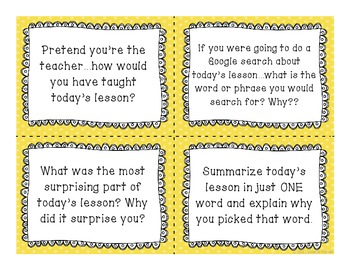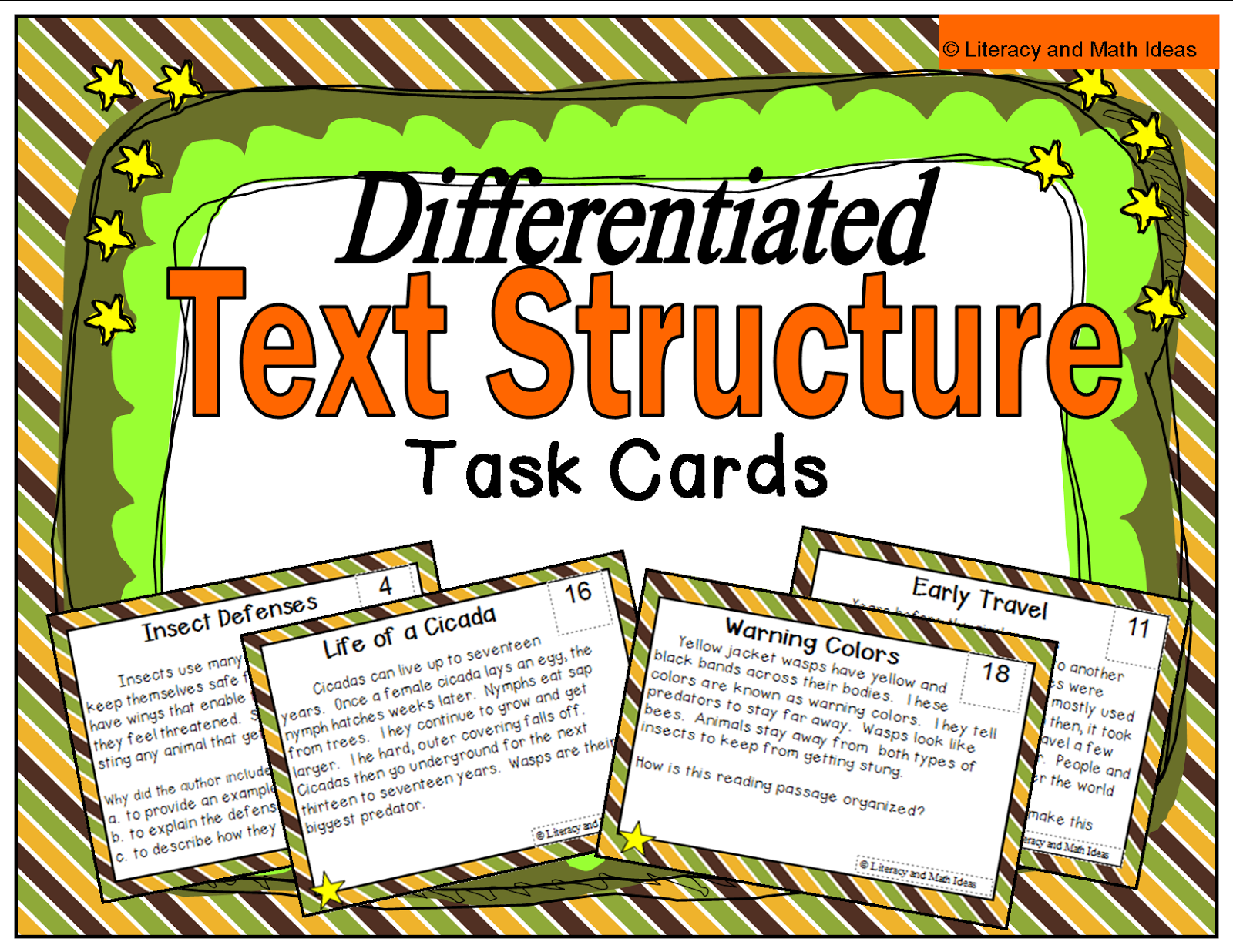


Visual Paradigm help organizations stay competitive and responsive to change faster and better in today’s fast changing environment. The figure below shows an example of the acceptance criteria of a user story.
An acknowledgment email is sent to the user after submitting the formĮxample of User Story with Acceptance Criteria. Information from the form is stored in the registrations database. A user cannot submit a form without completing all the mandatory fields. Help verify the Story via automated tests. Help the team members know when the Story is complete. Ensure everyone has a common understanding of the problem. Clarify what the team should build before they start work. Aka Acceptance Tests, Conditions of Satisfaction, in some cases “Test Cases,” etc. Used as a way to communicate to all involved that the requirements for a particular PBI/story have been met. The Acceptance Criteria are different for each PBI/Story. The term applies to an individual PBI/Story. So Acceptance Criteria are attributes that are unique to the User Story or Product Backlog Item. Some of the Acceptance Criteria will be discovered in Ongoing Backlog Refinement events before the Sprint starts, and others will be discovered right after Sprint Planning when sit down to have a conversation about the user story in a small team. The two of them together provide the whole deliverable. The acceptance criteria gives guidance about the details of said functionality and how the customer will accept them. User story provides the context of the functionality the team should deliver. User Stories encapsulate Acceptance Criteria, thus we often see the definition of done and acceptance criteria co-existing in our scrum development process. If a product backlog item is consider to be too big to be put into a sprint, will normally be broken down into user story and subsequently into a set of tasks as shown in the Figure: Acceptance Criteria User stories are one of the primary development artifacts for Agile development, but Scrum doesn’t explicitly require either User Stories or Acceptance Criteria to be used. #Taskcard for acceptance software
Ensure the increment shipped at the end of the Sprint has high quality and that the quality is well understood by all involved.Įxample – Definition of Done For example, in the software industry, teams may need to ask some of the following questions to come up with their DoD:.
 Use as a checklist that User Stories (or PBIs) are checked against. Build a common understanding within the Team about Quality and Completeness. Whether the increment is shippable or not. Used as a way to communicate among the team members. In most cases, the term implies that the product increment is shippable. The term applies more to the product increment as a whole.
Use as a checklist that User Stories (or PBIs) are checked against. Build a common understanding within the Team about Quality and Completeness. Whether the increment is shippable or not. Used as a way to communicate among the team members. In most cases, the term implies that the product increment is shippable. The term applies more to the product increment as a whole. 
Items in the definition of “Done” are intended to be applicable to all items in the Product Backlog, not just a single User Story. It serves as a checklist that is used to check each Product Backlog Item (aka PBI) or User Story for completeness. The definition of Done is structured as a list of items, each one used to validate a Story or PBI, which exists to ensure that the Development Team agree about the quality of work they’re attempting to produce. It features scrum tools like user story map, product backlog management, sprint backlog management, task management, daily scrum meeting, sprint planning tool, sprint review tool, sprint retrospective tool, burndown, impediment, stakeholder and team management. A powerful scrum software that supports scrum project management.








 0 kommentar(er)
0 kommentar(er)
